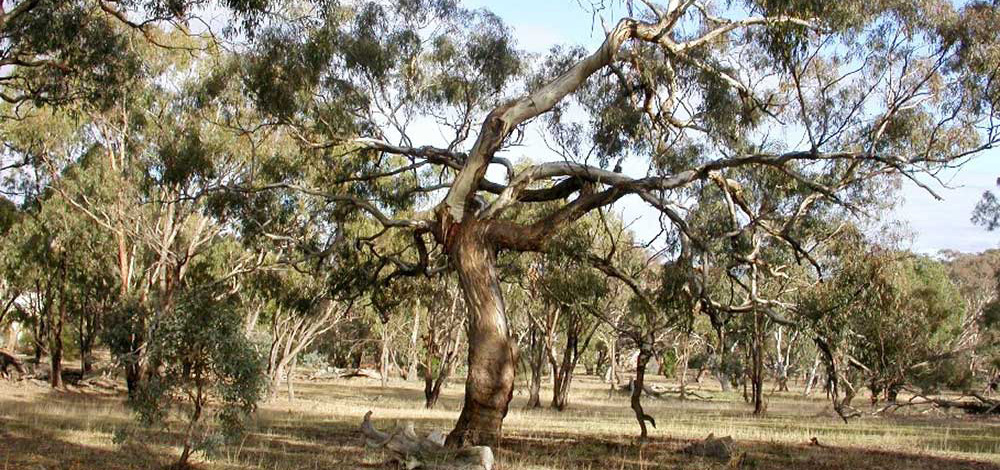Threatened species
Threatened species
A number of threatened flora and fauna species occur within Googong, within Googong Foreshores and the wider area. It is the responsibility and privilege of all Googonians to be custodians of these unique native species.
Pink-tailed Worm-lizard (Aprasia parapulchella)
The Pink-tailed Worm-lizard is listed as ‘vulnerable’ under Commonwealth and State legislation and a large population of this species has been identified as occurring within the eastern part of Googong.
The Pink-tailed Worm-lizard requires areas of native grassland, grassy woodland or secondary grassland with a moderate to high scatter of rocks. Shallowly embedded rocks are used for thermoregulation. They feed on the eggs and larvae of ants.
The Pink-tailed Worm-lizard is predominantly threatened by habitat loss and habitat modification (i.e. removal or disturbance of bush rock, fertilising leading to dominance of exotic pasture grasses, weed encroachment and heavy grazing).
Pink-tailed Worm-lizard Conservation Area
Under part of the approval of Googong under the EPBC Act, Googong has committed to establish, rehabilitate and dedicate to public ownership a 54ha fenced Pink-tailed Worm-lizard Conservation Area to protect this species. You may notice the conservation fence-line at the eastern edge of the township which has been designed to protect the Pink-tailed Worm-lizard and their habitat. Penalties apply for unauthorised access to or behaviour within this Conservation Area. We also encourage cat owners to keep their pets inside.
The Pink-tailed Worm-lizard is harmless. If you think you have encountered one or are unsure, please call the Googong Rangers on (02) 6207 2779.
More information on the Pink-tailed Worm-lizard can be found on its government profile page here. Our protection and management plan (Version 4) for the Pink-tailed Worm-lizard, developed through extensive consultation with experts and with the public, can be found here.
Pink Tail Worm Lizard
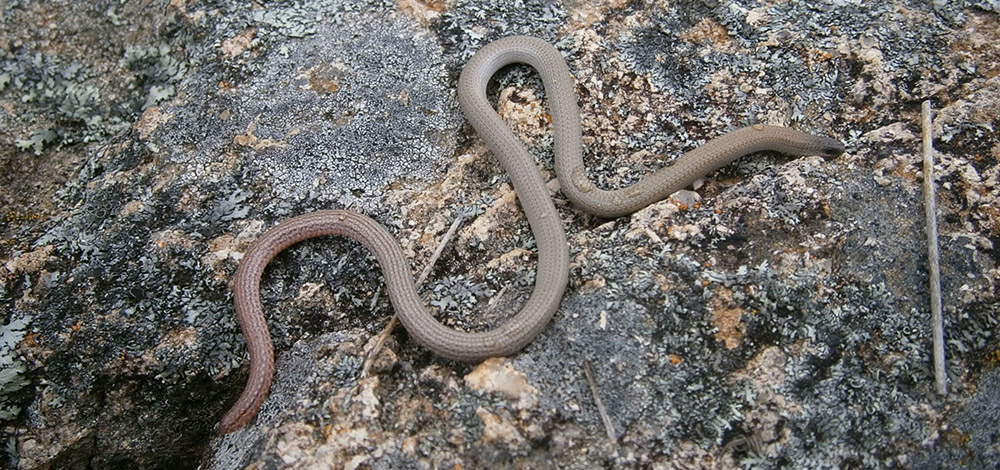
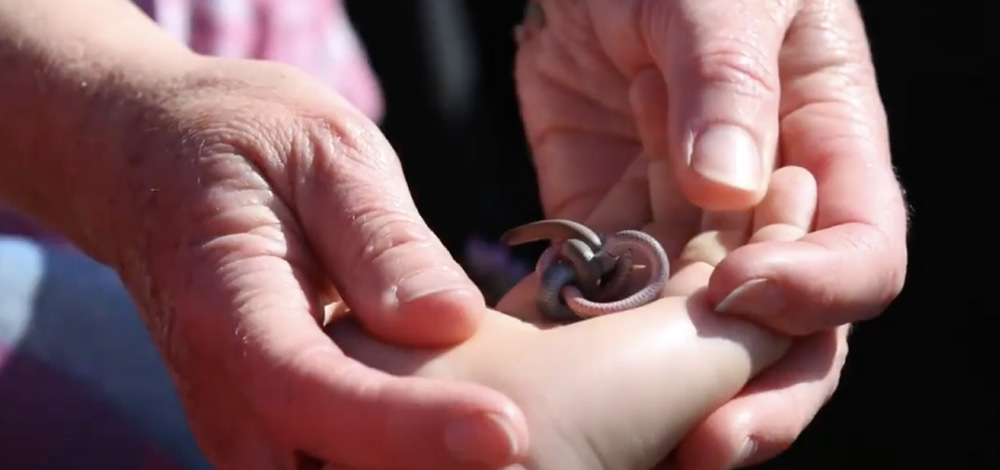
Birds
A number of threatened birds occur in the Googong area. Some species are likely to be occasional visitors to your Googonian backyard, especially if you have a native garden.
Brown Treecreeper
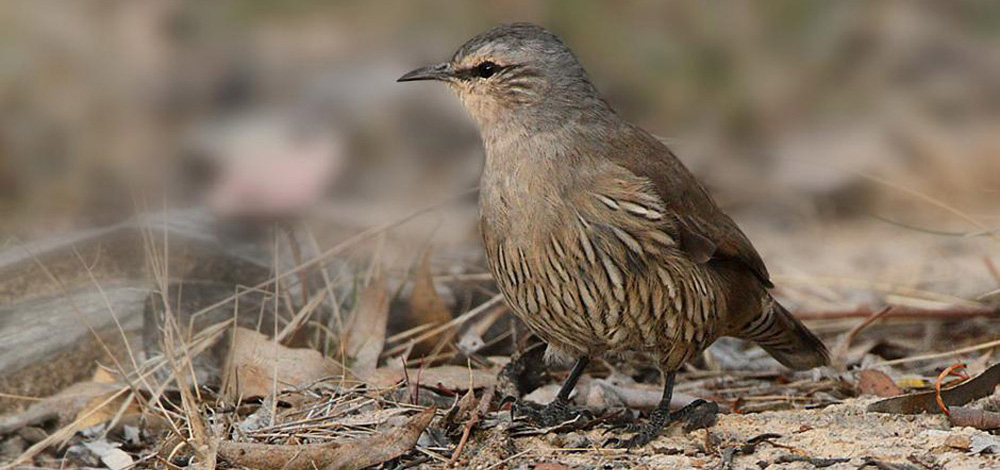
Diamond Firetail
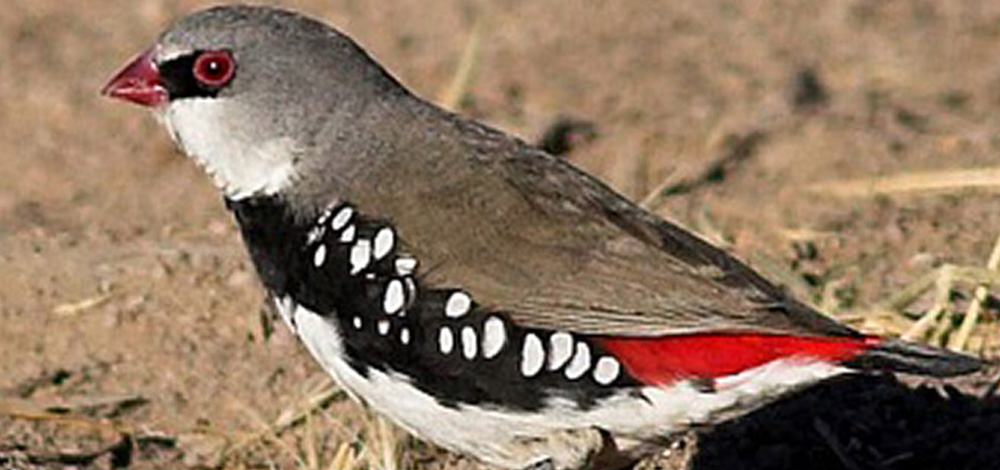
Speckled Warbler
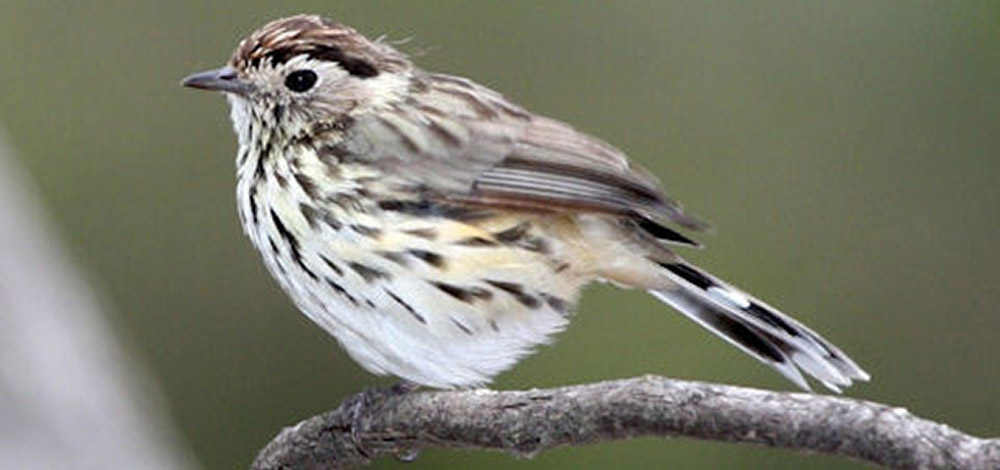
The Hooded Robin
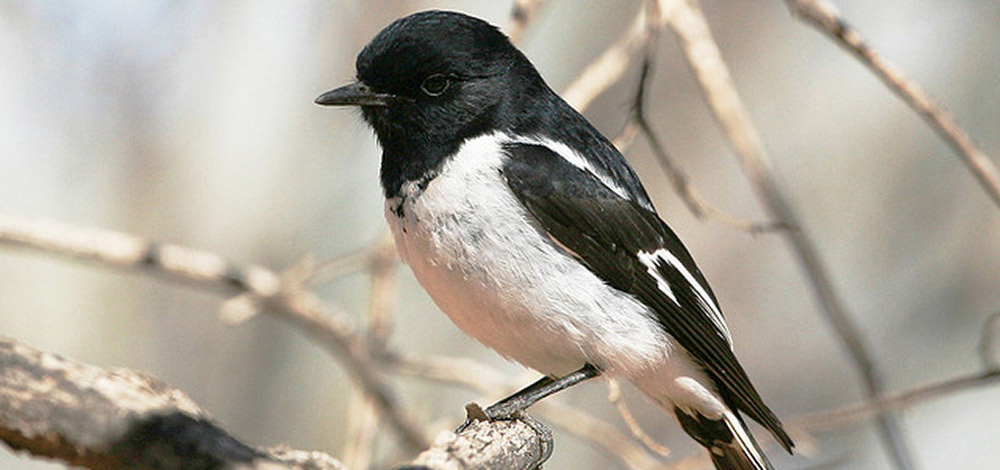
Macquarie Perch (Maquaria australasica)
The Queanbeyan River, running to the east of Googong through Googong Dam, is home to one of the few remaining wild populations of the threatened Macquarie Perch. Protected in New South Wales, the taking or possession of Macquarie Perch is banned.
Macquarie Perch (Maquaria australasica)
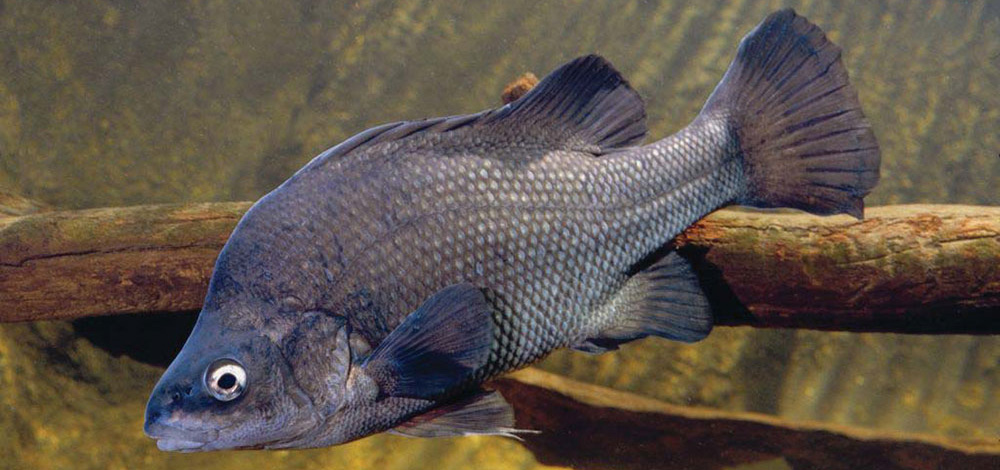
Rosenberg’s Monitor (Varanus rosenbergi)
Listed as ‘vulnerable’ in NSW, this monitor can reach a length of 1.5m. It is dark grey with yellow and white spotting. Regular black bands occur across the body and all the way down the tail. The juvenile is tinged with orange on the side of the head and body. A pale-edged black stripe runs from the eyes, across the ears and onto the neck. Rosenberg’s Monitor has distinct, finely barred lips whereas the similar Lace Monitor has far broader bands around the snout. When disturbed, they generally flee across the ground, unlike the Lace Monitor which usually climbs up the nearest tree.
Rosenberg’s Monitor usually mate in January with the eggs laid around February–March. The female digs into a termite mound, creating a circular nest chamber in which to lay up to 14 eggs. The termite mound acts as a natural incubator, keeping the eggs at a stable temperature and humidity. The eggs hatch in early spring (September–October), with the hatchings digging themselves out from the mound.
The Rosenberg’s Monitor is known to occur in the Googong Foreshores, however it is generally quite shy and is rarely seen.
Rosenberg's Monitor (Varanus rosenbergi)
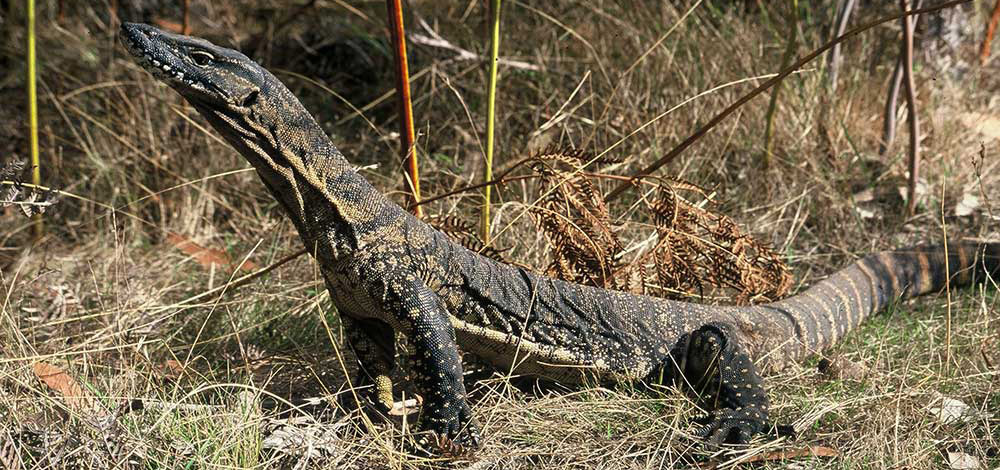
Hoary Sunray (Leucochrysum albicans var. tricolor)
Listed as ‘endangered’ under Commonwealth legislation, the Hoary Sunray occurs from Queensland to Victoria as well as in Tasmania. It occurs in high numbers in the ACT region. In NSW it is distributed on the inland slopes and plains including grasslands and woodlands on the Monaro. The species is usually found in ungrazed and lightly grazed areas, often along roadsides, bright white flowers with yellow centres are produced in spring to summer.
Hoary Sunray (Leucochrysum albicans var. tricolor)
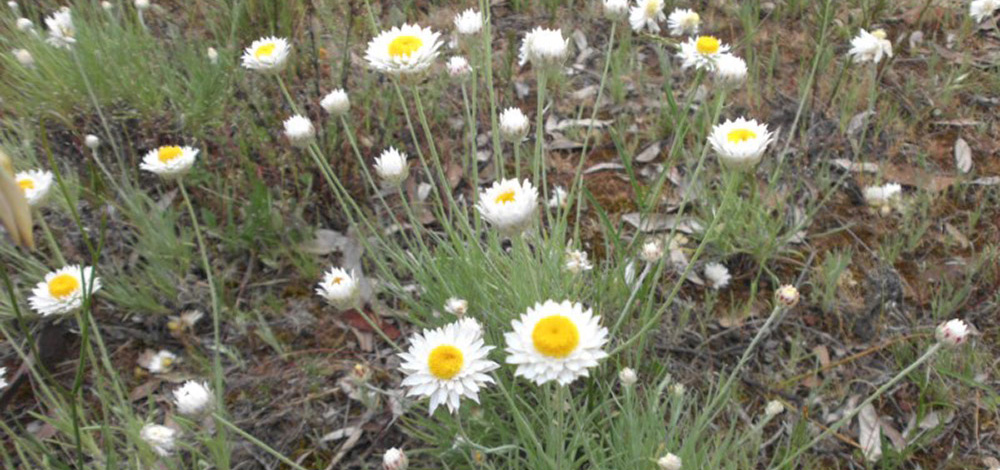
Yellow Box – Red Gum Grassy Woodland
The Yellow Box – Red Gum Grassy Woodland ecological community is listed as ‘critically endangered’ under Commonwealth legislation. This is because it occurs on fertile soils and has therefore largely been cleared for grazing, particularly in the ACT region. This community is home to a number of threatened plants and animals. In the ACT region it is characterised by the dominant tree species Yellow Box (Eucalyptus melliodora) and Blakely’s Red Gum (Eucalyptus blakelyi), and a diverse grassy understory with many native forbs (small flowering plants). This community occurs within the Googong Foreshores.
